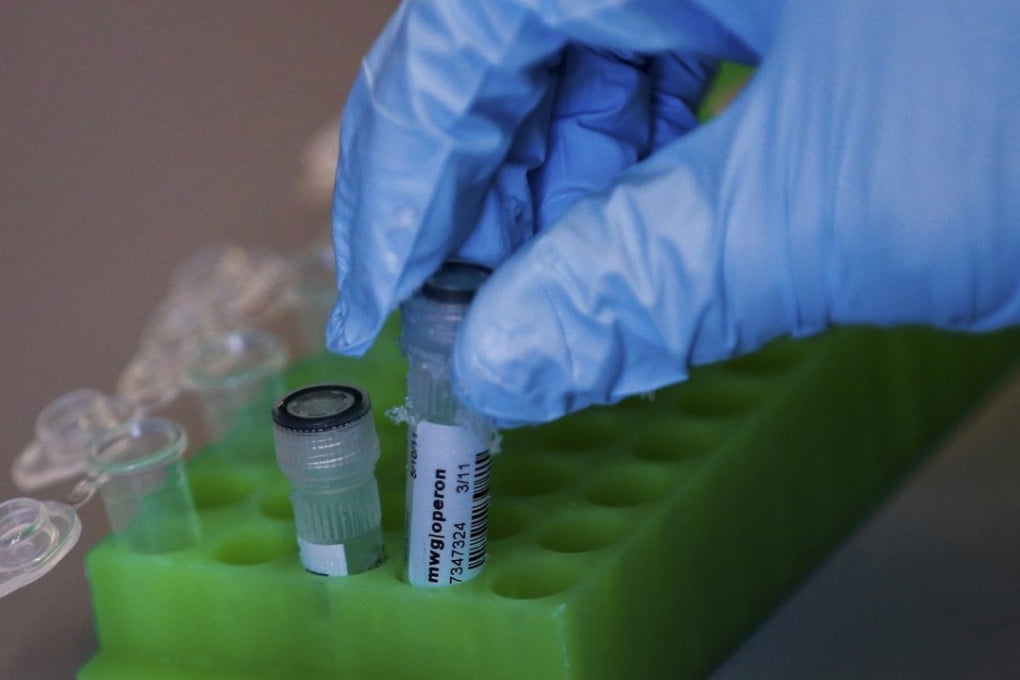Dodgy clinics, shoddy science and false hopes: how stem cell research is being threatened by charlatans and unproven cures
A group of leading experts reviewed the progress of regenerative medicine, and found that a substantial rethink is needed to support it in the public arena

The credibility of stem cell research is at risk because of charlatans and dodgy clinics peddling unproven cures for diseases, according to a group of eminent scientists in the field.
Stem cell research, or regenerative medicine, has great potential and already delivered some breakthroughs, but its future is threatened by poor science, unrealistic hopes, unclear funding models and unscrupulous private clinics, the scientists said in The Lancet medical journal.
A special Lancet commission made up of leading experts has reviewed the progress to date in a field that was once thought to offer answers potentially to all forms of disease and disability. If it is ever to move from small-scale experimental treatments into mainstream medicine, “substantial rethinking of the social contract that supports such research and clinical practice in the public arena will be required”, the commission wrote.
Huge excitement about possible treatments for incurable diseases like multiple sclerosis and Parkinson’s disease, inflated by media reports, has led desperate patients and families to a proliferating number of poorly regulated clinics peddling “untested and potentially ineffective therapies”.
It happens all over the world, including the United States ... It is no longer the case that you go to India or China
“The great risk of the current situation is highlighted by the case of Vannoni in Italy, in which the Stamina Foundation initially succeeded in obtaining direct authorisation from the Italian government to administer an unproven therapy to patients, thus bypassing the country’s regulatory authorities,” the report said.